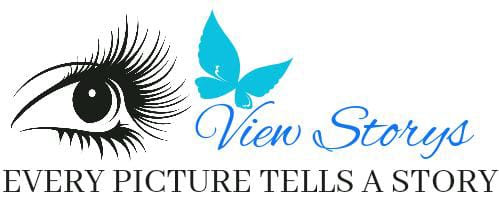Making a content for a site includes composing code to add usefulness or intuitiveness to your site. The particular advances and code you really want to compose rely upon what you maintain that the content should do.

1. Decide the Reason:
Obviously characterize what you believe that the content should achieve. Would you like to add a contact frame, make a picture slideshow, or construct a custom component? It is fundamental to Grasp the reason.
2. Pick a Programming Language:
Conclude which programming language you use for your content. Normal web prearranging dialects incorporate JavaScript, Python, PHP, and Ruby.
3. Compose the Code:
In light of your picked language, begin composing the code for your content. In the event that you're new to coding, you might need to begin with less complex assignments and slowly move gradually up to additional perplexing ventures.
4. HTML Mix:
On the off chance that your content interfaces with a website page, you'll probably have to incorporate it with HTML. For JavaScript, this commonly includes adding script labels inside the HTML report. For server-side contents like PHP, you can install the code inside your HTML or use it to create dynamic substance.
5. Testing:
Prior to sending your content, completely test it to guarantee it functions as planned. Check for bugs, mistakes, and issues with similarity across various programs and gadgets.
6. Investigating:
Assuming that you experience issues during testing, use troubleshooting apparatuses to distinguish and fix issues in your code. Normal programs have inherent engineer devices for investigating JavaScript.
7. Security:
Assuming your content gathers or cooperates with client information, guarantee that it is secure and doesn't open weaknesses to likely assaults. Input approval, client validation, and other safety efforts are significant.
8. Organization:
Contingent upon your site's facilitating climate, you might have to transfer your content documents to the web server. This cycle differs in light of the facilitating stage you're utilizing.
9. Documentation:
It's fundamental to give clear documentation to your content, particularly on the off chance that others will be working with it. Record its motivation, how to utilize it, and any conditions.
10. Upkeep:
Routinely update and keep up with your content to guarantee it stays practical and secure. Stay aware of any progressions to the dialects or libraries you use.
11. Consistence with Regulations and Guidelines:
Guarantee that your content conforms to pertinent regulations and guidelines, like information insurance and intellectual property regulations.
Recall that the particular advances and code will shift in light of the language, stage, and reason for your content. It's fundamental to have a strong comprehension of the programming language you're involving and to follow best practices for coding, security, and documentation. In the event that you're new to prearranging, consider beginning with less complex ventures and step by step moving gradually up to additional mind boggling ones as you gain insight and certainty.
